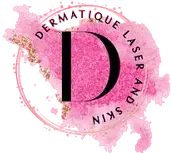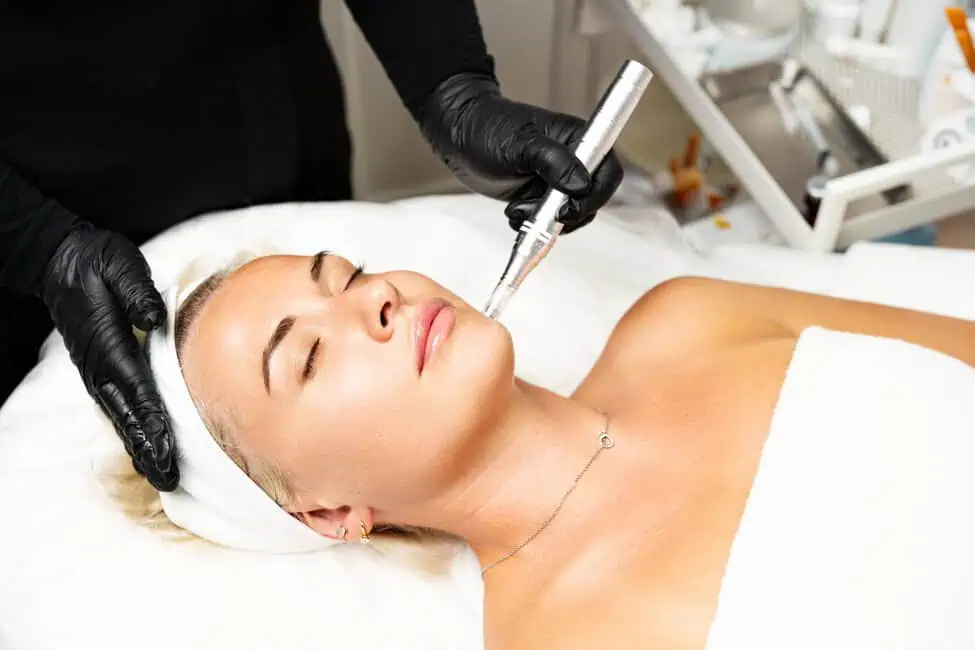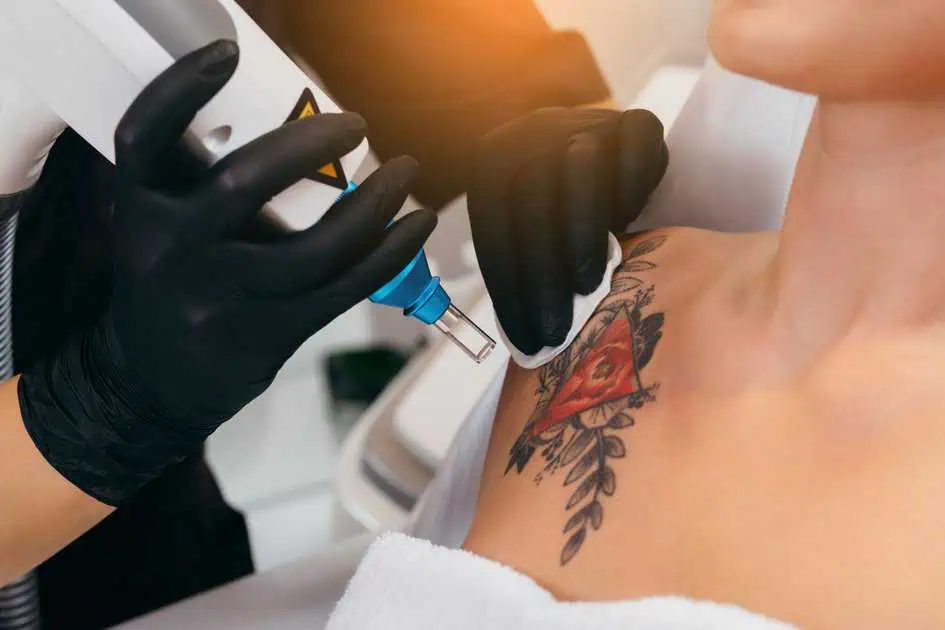Table of Contents
Sun exposure health greatly influences skin health, but prolonged contact with UV rays can lead to skin damage over time. Two of the most common concerns patients seek treatment are sun damage and melasma. While both conditions cause pigmentation issues, they have different triggers and require specialized treatments.
At Dermatique Laser and Skin in Geneva, IL, we help patients address these concerns with treatments like PicoSure® Pro Laser and customized skincare solutions. This article explains the differences between sun damage and melasma, their development, and the most effective treatments for each condition.
What Is Sun Damage?
Sun damage refers to the visible and invisible alterations to the skin caused by ultraviolet (UV) radiation. UV rays penetrate the skin and damage it, causing premature aging, pigmentation problems, and an increased risk of skin cancer.
Signs of Sun Damage on the Skin
Sun damage appears in different forms based on exposure level and skin type. Common signs include:
- Sunspots: Sometimes referred to as liver spots or age spots, these are flat, darkened areas of skin that appear on the face, hands, shoulders, and arms.
- Fine lines and wrinkles: UV exposure breaks collagen and elastin, resulting in premature aging and decreased skin elasticity.
- Uneven skin tone: Too much sun exposure can result in hyperpigmentation, giving the skin a blotchy appearance.
- Dryness and rough texture: The sun depletes the skin’s moisture, leaving it rough and dry.
What Is Melasma?
Melasma is a form of hyperpigmentation that typically appears as brownish or grayish patches on the face. It is often linked to hormonal changes and is more common in women, especially pregnant women, women taking birth control pills, and women receiving hormone therapy. The sun’s UV rays are a major trigger for the condition, as they increase melanin production.
Key Differences Between Sun Damage and Melasma
While both conditions result in dark spots and uneven skin tone, the primary differences include:
- Cause: Sun damage is caused by prolonged UV exposure, while melasma is often triggered by hormonal changes combined with sun exposure.
- Appearance: Sunspots are isolated, small dark spots, whereas melasma appears in larger patches, often on the forehead, cheeks, and upper lip.
- Treatment approach: Sun damage can be treated with laser therapy, chemical peels, and targeted skincare products. Melasma requires a more cautious approach, as some treatments may worsen pigmentation if not performed correctly.
Sun Damage Skin Treatment Options
Addressing sun damage involves targeting pigmentation, restoring skin health, and preventing further damage. Dermatique Laser and Skin in Geneva, IL, offers a range of effective treatments.
Laser Treatment for Sun Damage
PicoSure® Pro Laser is one of the most effective treatments for reducing sunspots and uneven pigmentation. This advanced laser technology uses short bursts of energy to break down pigmentation without harming the surrounding skin. As a result, collagen production is stimulated, improving skin texture and tone.
Chemical Peels
Using chemical peels helps exfoliate the top layer of skin, reducing sun damage and promoting new skin cell growth. Depending on the severity of sun damage, different strengths of peels may be used.
Medical-Grade Skincare Routine for Sun-Damaged Skin
Incorporating targeted skincare products can help improve sun-damaged skin. Ingredients like vitamin C, retinoids, and niacinamide help reduce hyperpigmentation and support skin renewal. A daily skincare routine that includes broad-spectrum sunscreen is essential for maintaining results.
Treating Melasma Effectively
Because melasma is a hormonally influenced condition, treatment requires a different approach than sun damage. Laser treatments, prescription skincare, and lifestyle changes can help manage melasma effectively.
Laser Treatment for Melasma
While lasers can help with melasma, they must be used carefully to avoid worsening pigmentation. PicoSure® Pro Laser in Geneva, IL, is a safe and effective option for targeting melanin deposits without excessive heat, making it suitable for melasma treatment.
Topical Treatments
Dermatologists often prescribe skin-lightening agents such as hydroquinone, azelaic acid, or tranexamic acid to help fade melasma patches. These treatments reduce melanin production and even out skin tone over time.
Lifestyle and Preventive Measures
- Sun Protection: Since sun exposure worsens melasma, sunscreen should have an SPF of at least 30.
- Avoiding Heat Exposure: Heat can also trigger melasma, so it is advisable to minimize activities that increase facial heat, such as hot showers and steam rooms.
- Hormonal Considerations: Patients on birth control or hormone therapy may need to discuss alternative options with their doctor if they notice worsening melasma.
Sun Damage on Face Prevention
In most cases, preventing sun damage is more manageable than reversing it. The following steps can help protect the skin:
- Daily Sunscreen Application: Apply a broad-spectrum sunscreen with SPF 30 or higher every two hours outdoors.
- Wearing Protective Clothing: Hats, sunglasses, and UV-protective clothing can help shield skin from direct sun exposure.
- Avoiding Peak Sun Hours: UV rays are strongest between 10 AM and 4 PM. Seeking shade during these hours can reduce exposure.
- Using Antioxidant-Rich Skincare: Vitamin C and other antioxidants neutralize free radicals caused by UV radiation.
Anti-Aging Treatments for Sun Damage
Sun damage contributes to premature aging, but various anti-aging treatments can help restore a youthful appearance.
Microneedling with Platelet-Rich Plasma (PRP)
Microneedling stimulates collagen production, while platelet-rich plasma (PRP) enhances skin healing and rejuvenation. This treatment can improve your skin’s texture and reduce the effects of sun exposure.
Dermal Fillers and Botox
Loss of collagen and elasticity due to sun damage can cause fine lines and wrinkles. Dermal fillers restore volume, while Botox smooths dynamic wrinkles caused by repetitive facial expressions.
Hydrating and Nourishing Treatments
Sun-damaged skin often lacks moisture and nutrients. Hydrafacials and medical-grade facials restore hydration and enhance skin radiance.
Conclusion
Choosing the proper treatment requires understanding the difference between sun damage and melasma. While sun damage results from UV exposure and appears as sunspots and fine lines, melasma is influenced by hormonal changes and requires specialized care.
At Dermatique Laser and Skin in Geneva, IL, we provide advanced treatments like PicoSure® Pro Laser, chemical peels, and customized skincare regimens to help patients achieve healthier skin. If you are concerned about sun damage or melasma, our team is here to help.
Reverse Sun Damage Today! Book your consultation to learn about the best treatment options for your skin.







